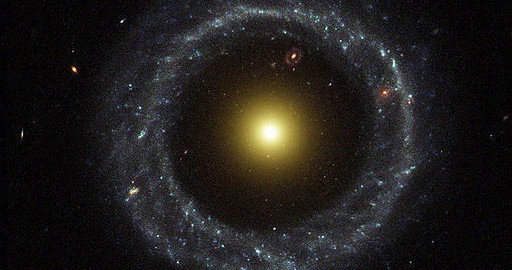Written By: Ran Levi
This article is a part of a series named ‘Astronomy Shorts’, which brings bite-sized interesting and easy to understand facts and anecdotes about our universe and solar system.
More Astronomy Shorts and Astronomy-related topics
This article is a transcript of a podcast. Listen to the podcast:
Subscribe: iTunes | Android App | RSS link | Facebook | Twitter | Google Play Music
Explore episodes in other categories:
Astronomy & Space | Biology & Genetics | History | Information Technology | Medicine & Physiology | Physics | Technology
Humans have yet to have set foot on a different planet, but today, from their limited vantage point on Earth, astronomers are able to notice a few breathtaking phenomena that are beyond human imagination. This episode reveals some of the greatest, most amazing, violent and impressive meteorological phenomena seen on other planets in the Solar System.
DUST STORMS ON MARS
In 1971, after years of planning and hard work, the Mariner 9 spacecraft made its way to Mars. It was the first spacecraft ever to orbit another planet. When the first photos arrived back on Earth, the scientists were positively puzzled: They saw nothing. The cameras were perfectly fine: it was Mars itself that was ‘out of order’. A dust storm covered the entire planet from pole to pole, preventing scientists from seeing anything meaningful in the photos. But what caused this huge dust storm?
Dust storms exist on Earth as well. They are created when the wind blows dust and loose sand from a dry surface. The dust captures the sunlight, the air around it becomes warmer, and the rising air pulls colder air from beneath. Strong winds are formed, which then lifts more sand and dust: a recipe for a dust storm.
On Earth, this phenomenon is limited for two reasons: One is the limited amount of sand that the storm could blow. Despite the subjective feelings of parents whose children just got back from the beach, the amount of sand on Earth is not infinite and everywhere. The other reason is that our atmosphere contains water vapors that absorb some heat and tone down the winds that could lead to a sand storm.
On Mars, the opposite is true: The planet is one big sandbox, and If there ever were water vapors in its thin atmosphere, they must have disappeared ages ago. When a small dust storm forms, there’s nothing to calm it down. The hot winds lift fresh dust from the ground, and the blowing dust heats the air and creates new winds. It is a circle that feeds itself endlessly. Only when dust covers the entire planet and there are no longer temperature differences – do the winds subside, and everything calms down. Until the next storm.
VENUS’S ACID CLOUDS
Venus’ atmosphere is dense and blazing. The temperature on its surface is about nine hundred and thirty degrees Fahrenheit – hot enough to melt lead. The air pressure is tremendous: similar to that which exists half a mile under the sea. Its atmosphere contains mainly carbon dioxide, with small amounts of carbon monoxide, and other gases. Venus’ white extraordinary clouds, which are visible from Earth using telescopes, are made of sulfuric acid – also known as ‘Battery Acid’ here on Earth… This material is extremely toxic and dangerous; touching it can create severe skin burns, and can even result in death. The only comfort, if one might see it as such, is that the blazing heat evaporates toxic and acidic rain before it reaches the ground.
THE WINDS OF NEPTUNE
Bluish Neptune orbits the sun at an average distance of two point eight billion miles, about thirty times than the distance between Earth and the Sun. Despite the fact that only a tiny amount of light reaches Neptune, and supposedly it should be a frozen and lifeless planet, Neptune’s atmosphere is pretty dynamic!
At the top of the atmosphere, thin, white clouds flow over layers of hydrogen, helium, and methane. These clouds are carried by winds that blow at a speed of twenty-six hundred miles per hour, the highest wind speed ever measured on a planet in the Solar System. The cause of these strong winds is unknown, though: scientists assume that it has to do with an inner – unknown – source of energy.
By the way, the interior of Neptune is a steaming bowl of liquid hydrogen, water, methane, and ammonia. If scientists are correct, it is possible that Neptune holds a spectacular sight. The great pressure and blazing heat break methane into individual atoms, among them carbon atoms. These carbon atoms condense and compress until they become a crystal. You see, in Neptune, it rains diamonds.
